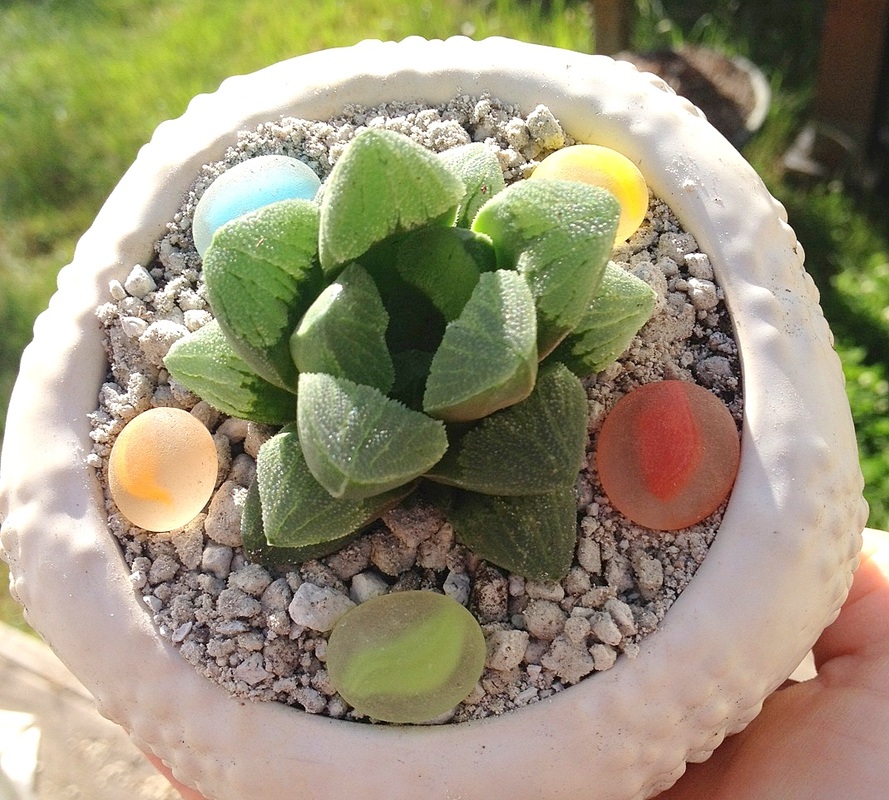
|
Hello, fellow succ-ers! Today I thought it would be fun to share pictures of some fun plants in my collection. You can click on most of the pictures to see a larger version. 
My mom found this terrific haworthia emelyae at her local Osh and bought it for me! Thanks, Mom! (She's getting quite the collection herself, actually.) I put it in this pot, which I found for $2. To me, its texture suggested sea urchins. I topped the soil with pumice and finished it with some glass beads my mom and I found at a thrift store/junkyard in Fairfield.
Thanks for checking these out! I'd love to hear your comments (and see some of your pics!).
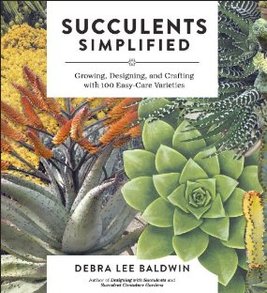 Debra Lee Baldwin is the Martha Stewart and the Ellen DeGeneres of succulents--on one hand sophisticated and elegant; on the other, whimsical and wry. I love her latest book, Succulents Simplified (which comes out tomorrow!) because even more than in her first two (Designing With Succulents and Succulent Container Gardens), DLB's voice comes through in her latest. It's not an all-inclusive succulent bible, nor is it as design-focused as her previous books. Instead, it's a fun, idiosyncratic, and informative romp in DLB's succulent-filled world. Succulents Simplified is divided into three parts. The first is called "Enjoying, Growing, and Designing With Succulents." It begins with lots of interesting succulent groupings (e.g., best blooms, picks for lazy gardeners, succulents you can eat if you're so inclined). Then the advice begins. There's a meaty little section with succinct riffs on topics like propagation, seasonal care, and dealing with pests. This is followed by a section about design principles that's probably my favorite section in the whole book: chock full of terrific pictures, interesting container ideas, and short, informative blurbs with titles like "Not Your Grandma's Topiary" and "Why You Really Need Rocks." The second part of Succulents Simplified consists of eight projects, ranging from simple to advanced, which showcase succulents. I confess I'm not much on how-to projects; half of these were a little too Martha Stewart for me. But reading them still gave me ideas and taught me a thing or two (e.g., that some people still own cake stands, and what good a fishing swivel might ever do me). Plus, DLB offers plenty of tips, tricks, and fixes for making each project your own--complete with plant recommendations. Succulents Simplified's final part features 100(!) easy-care succulents--and we're not talking about a crammed list with a couple of pictures here and there. A photo, description, and growing tips are provided for each of the hundred varieties. The breadth of DLB's selection is fun and impressive, and doesn't give short shrift to cacti or less-popular euphorbias (I maintain that haworthias got a short shrift, and she goes pretty heavy on the aloes, but YMMV). It's no secret that I'm a veritable Debra Lee Baldwin fan girl, and Succulents Simplified is sure to convert many more succ-ers into DLB-fan-girls (or fan-boys), too. Although it was written for beginners and designed as a kind of "prequel" to her two other books, this one belongs on the shelves of novices and experts alike. (Not to mention, it's paperback, and a bargain for $15 on Amazon.) Even if you're a longtime succulent gardener, I dare you to read Succulents Simplified without learning something useful. I never had a greenhouse until six or eight months ago, though I've wanted one since I was a kid. My girlfriend is impressively handy, and constructed our greenhouse mostly from parts we salvaged for free from someone who was getting rid of her greenhouse. (She says "we" built the greenhouse, but she was the brains of the operation, as well as most of the brawn.) Anyhow, I use the greenhouse partly for propagation. I started many of my plants from leaves or cuttings. The adromischus at the far left is just a few months old, the pachyphytum in the middle, maybe 4-5 months. And the [echeveria?] at the far right is at least 8-9 months old. For my small plants, I take those plastic nursery trays and fill them with 2" square pots. This seems the most efficient use of space. To the extent possible, I try to organize the flats by type--both for the sake of convenience and the ease of care. Here's a flat of sempervivums. And here's a flat of (mostly) echeverias. As you can see from this picture and the previous one, very few of my plants are labeled. Only recently did I realize how darn convenient it is to know what things are and when you got them (and if there's room on the tag, where from). Nearly all of these echeverias here started last spring or summer from leaves. They grew a bit over summer and fall, did basically nothing over winter (well, some died), and now seem to be enjoying spring as much as I am. Once, when I happened upon a small nursery that was going out of business, I found this hard plastic thing in a corner of a greenhouse, all mud-covered. They used it to grow agaves from seed, and sold it to me for $5. Now I use it as a place to grow my teensiest plants--the ones that aren't ready for 2" pots yet: a stray sempervivum baby that falls off, a wee kalanchoe sprout, etc. The little compartments are less than 1" square, so they hold quite a few plants and are great space savers. Anyone know where I could get another one? I've seen similar trays, but never made from hard plastic. It is hard to overstate how much I love having a greenhouse. I'm still getting the hang of it, and have learned that for many succulents, the heat and moisture it traps are sub-ideal. I managed to cook--literally cook--a dozen or more plants, half of which are on the mend, and the other half of which now live in plant heaven. Now I keep a closer (near-daily) eye on it, leave the door open, and cut a big slit in one side of the plastic covering to help air circulation. I haven't had any more problems (knock on wood...), but I'd love to get tips from more experienced succ-ers on how you use your greenhouses.
|
|
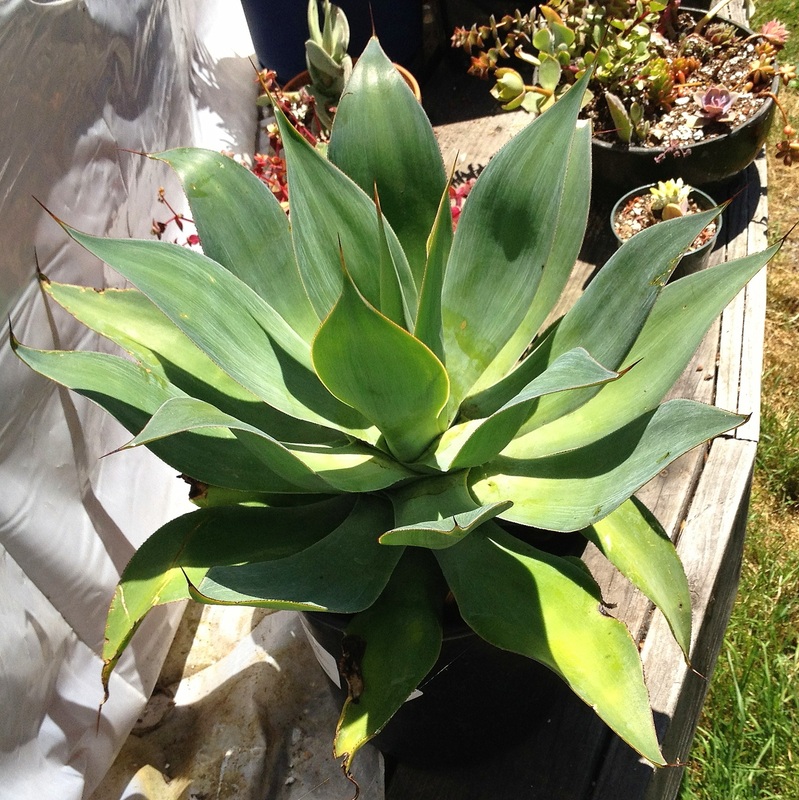
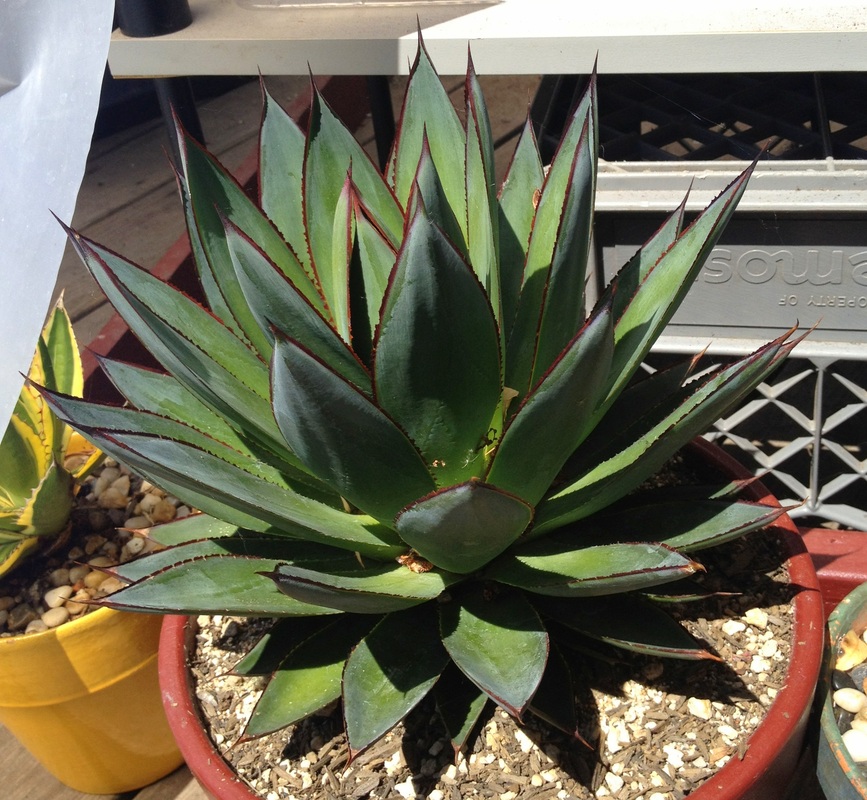
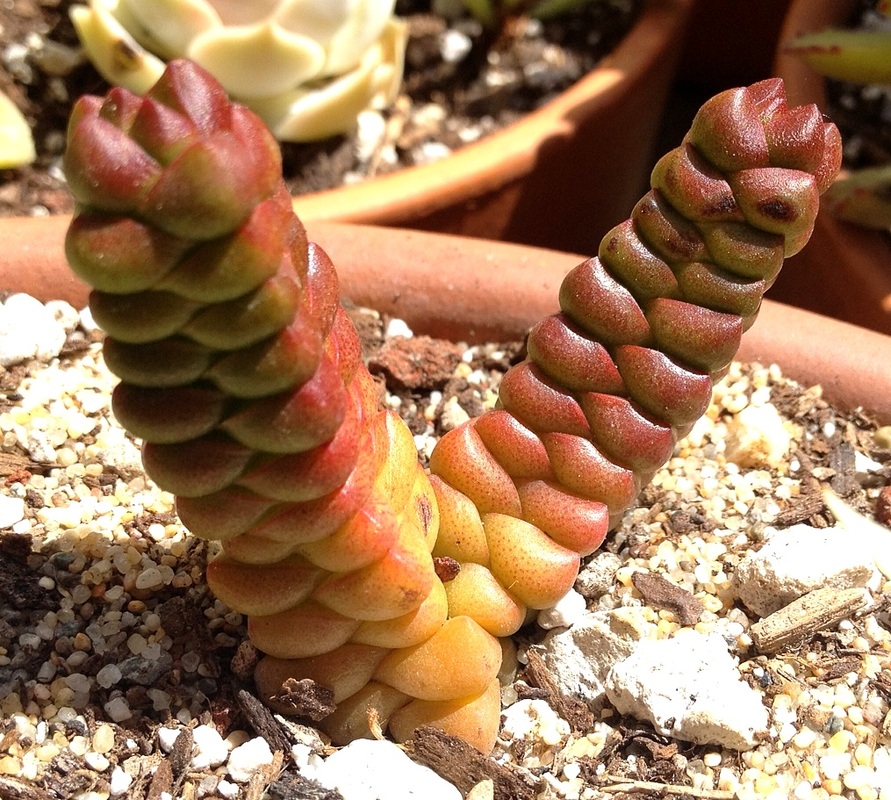
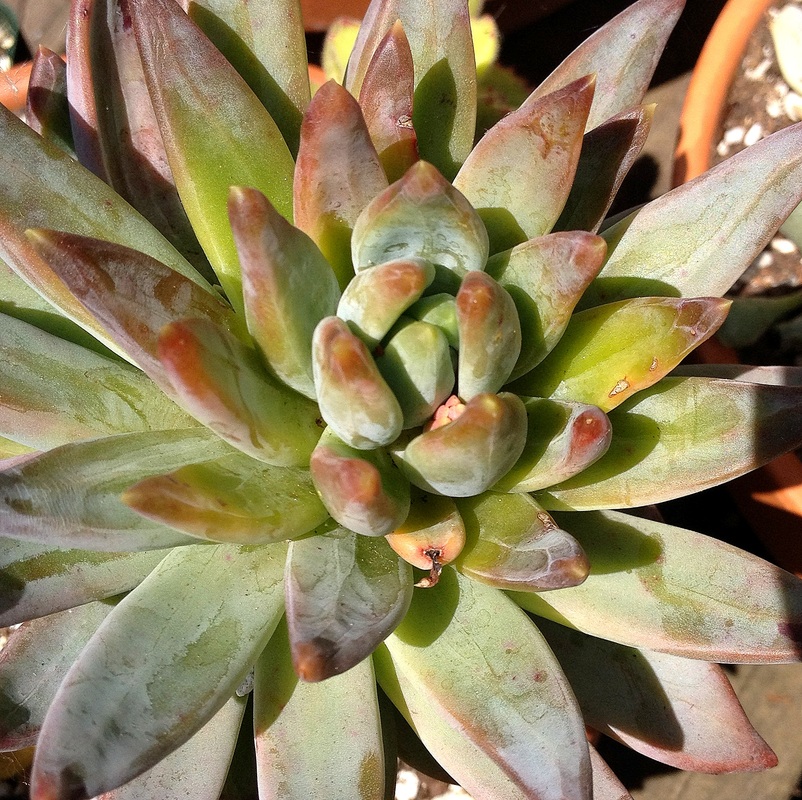
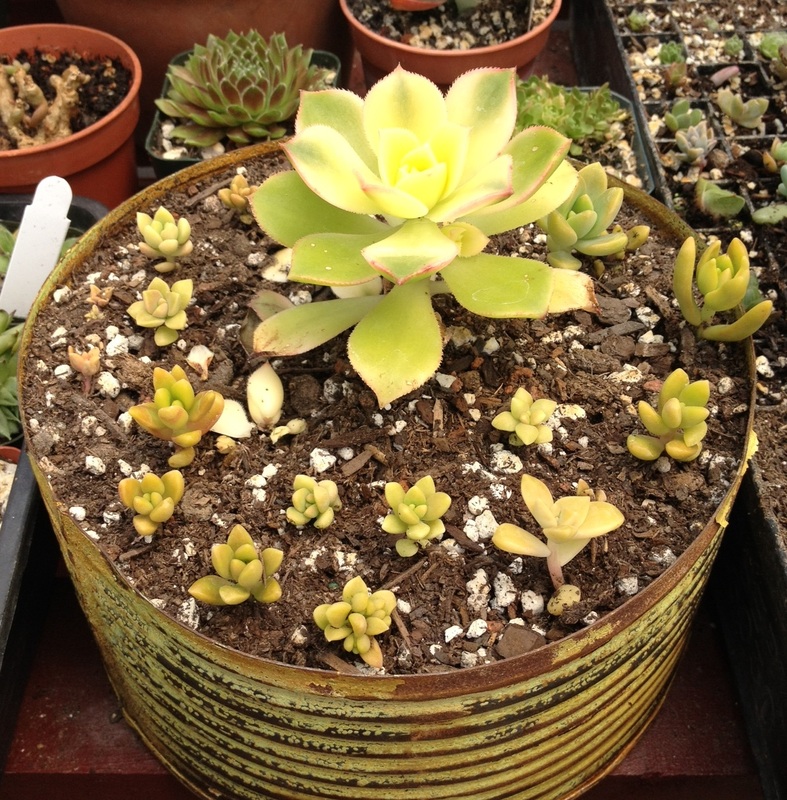
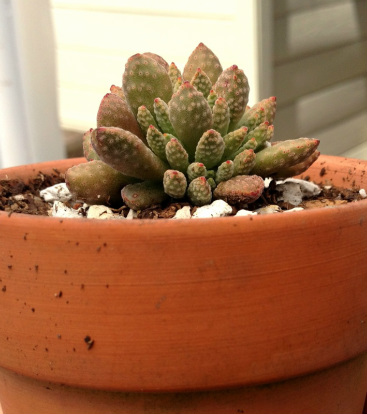
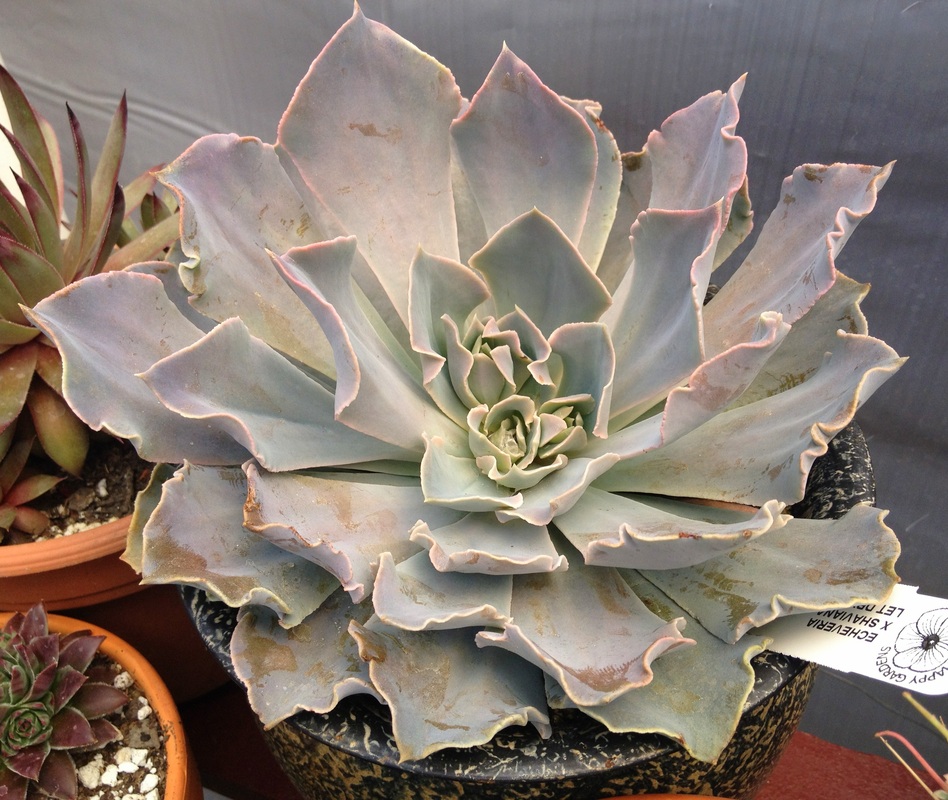
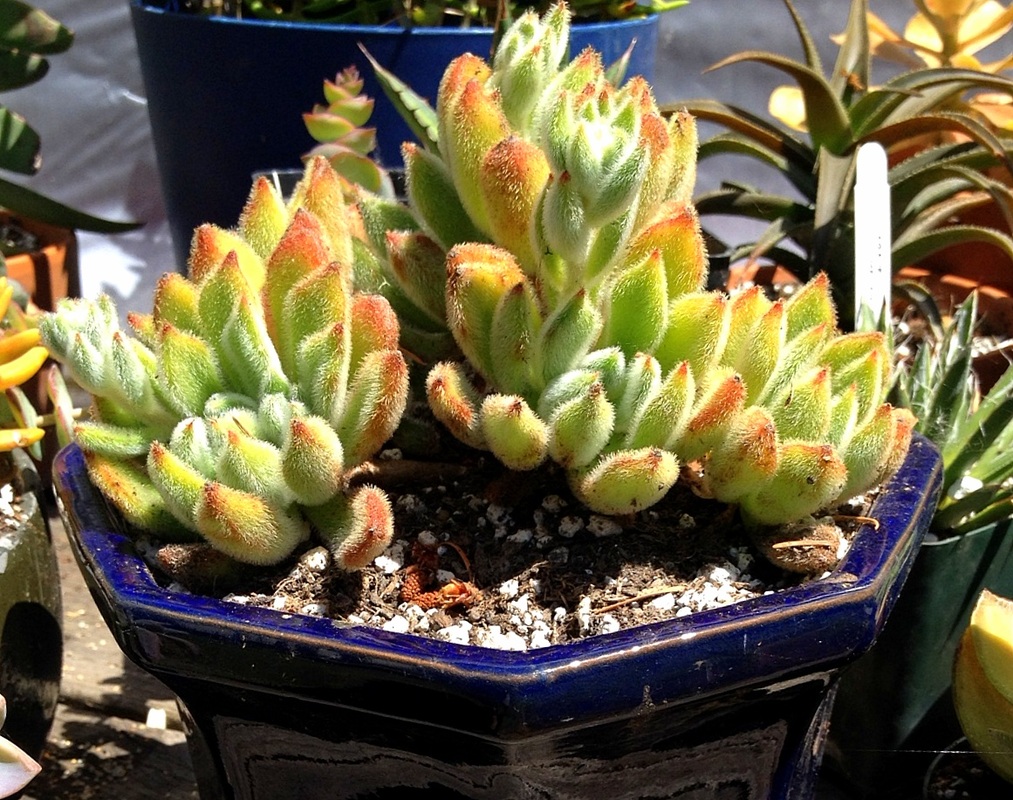
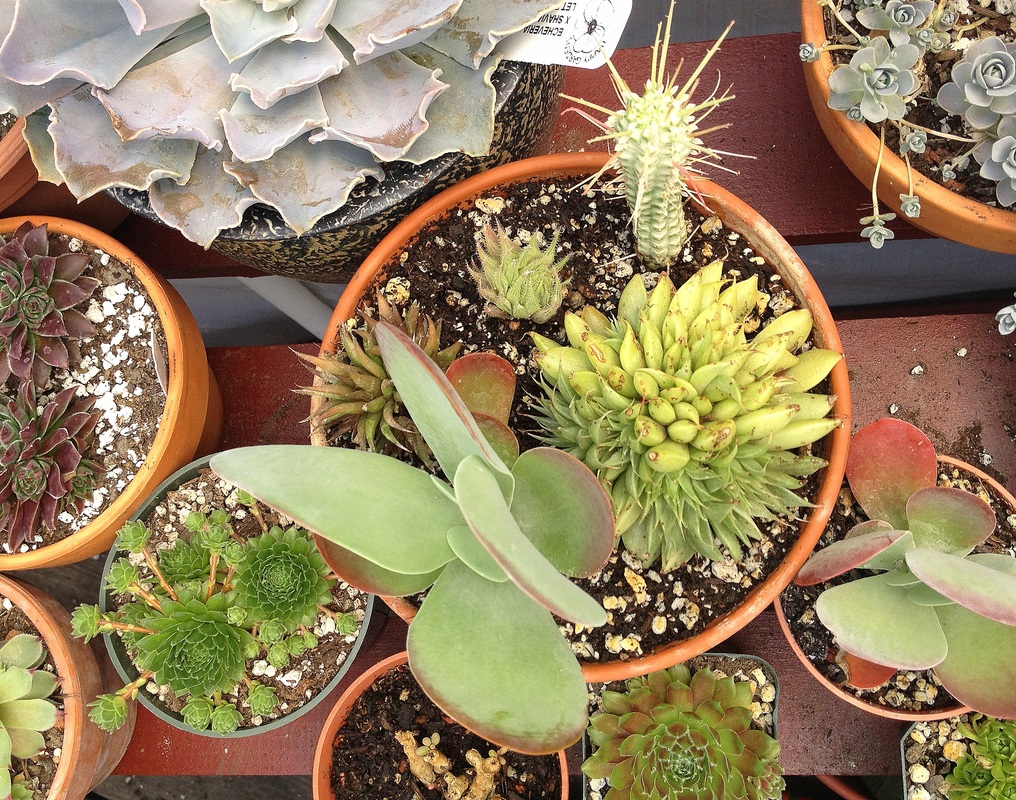
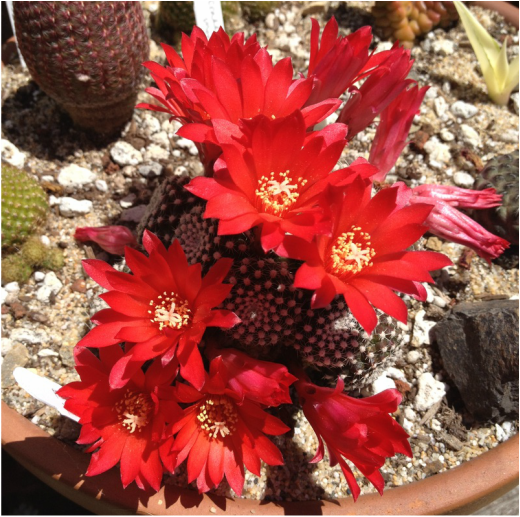
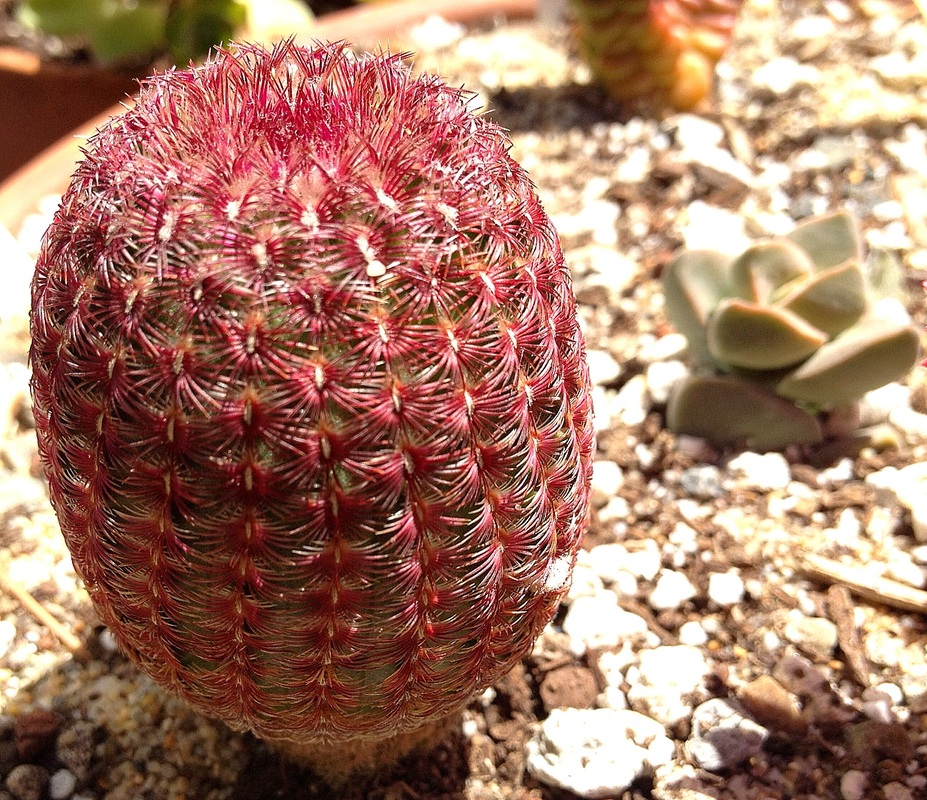
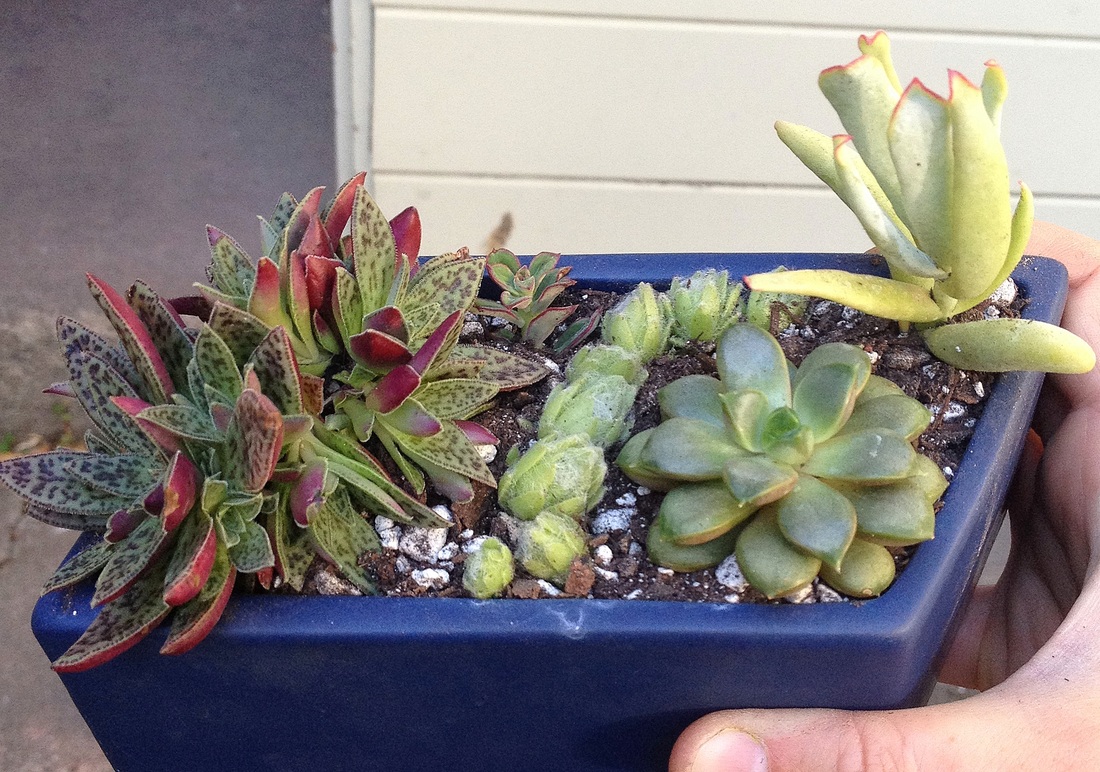
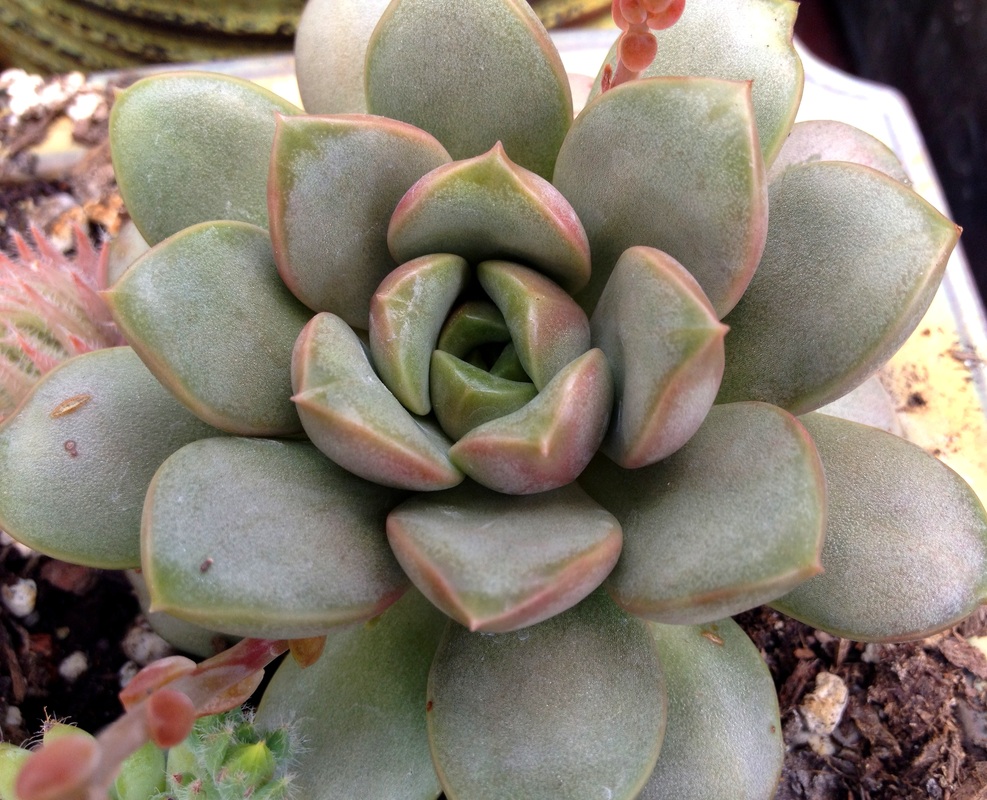
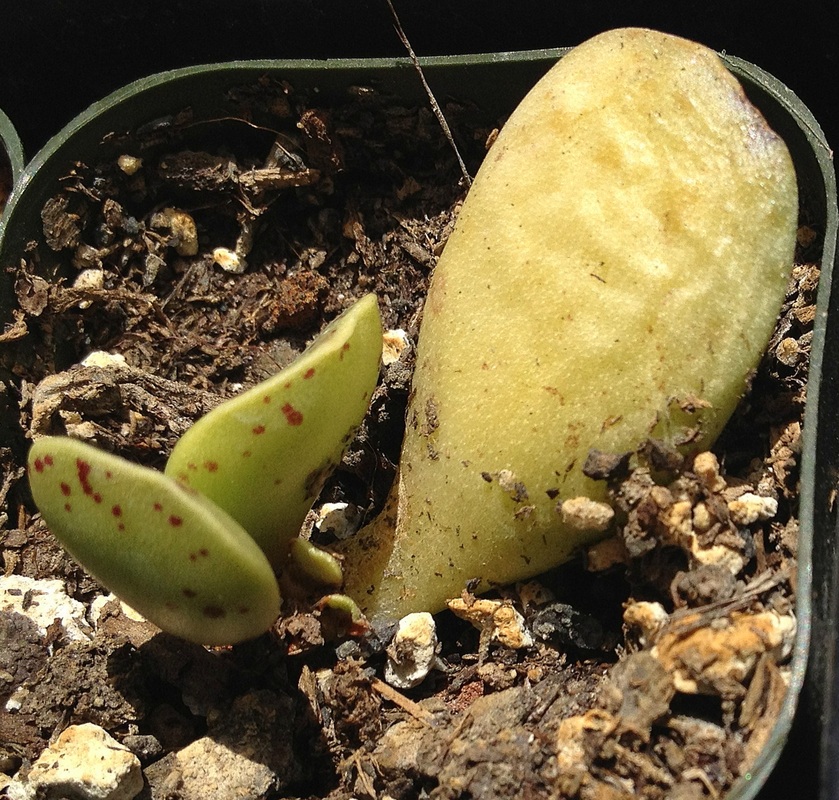
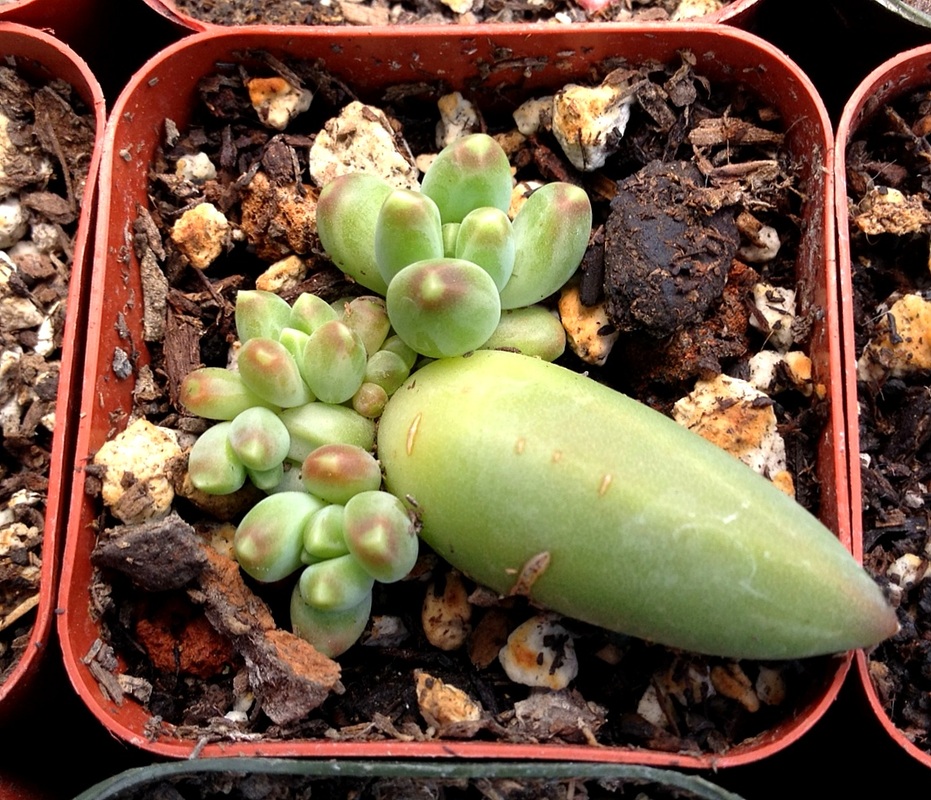
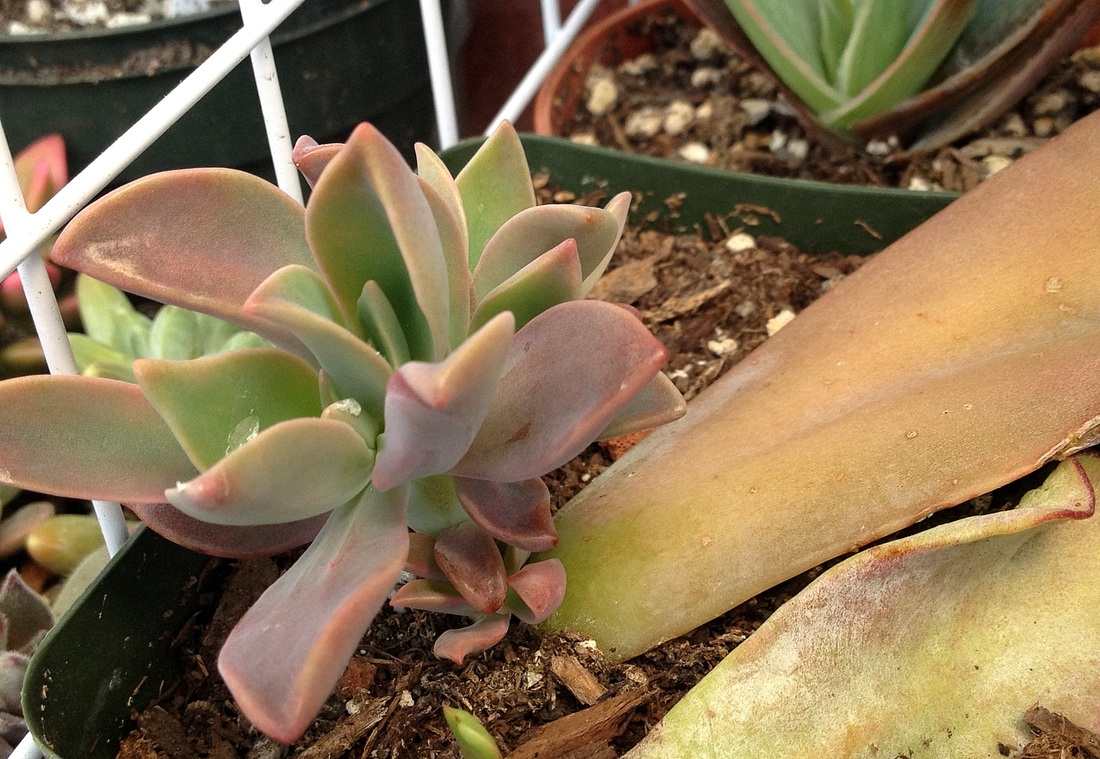
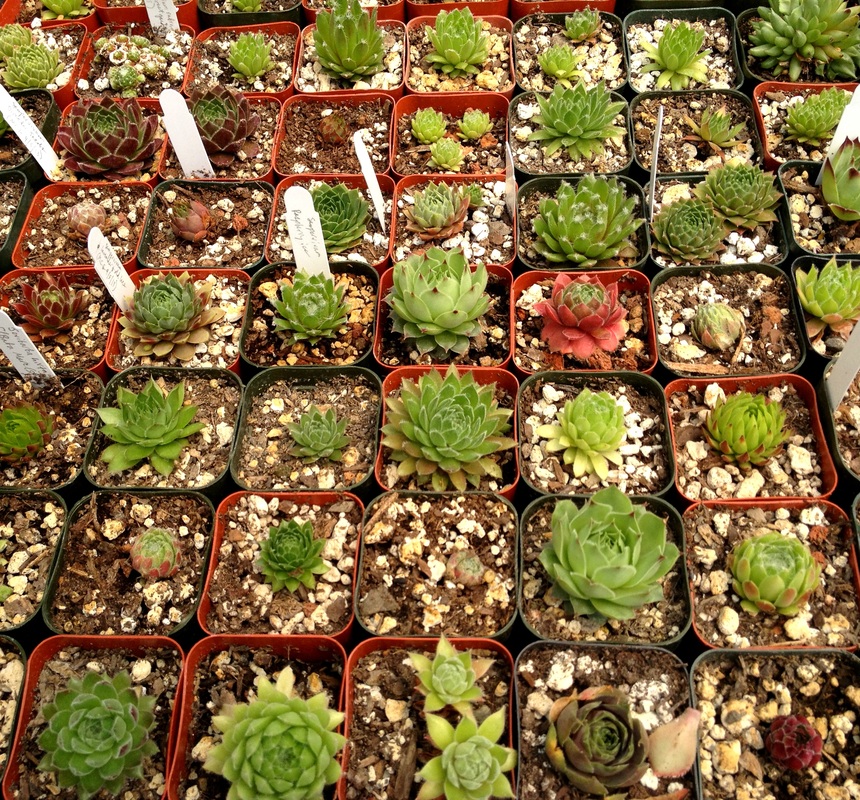
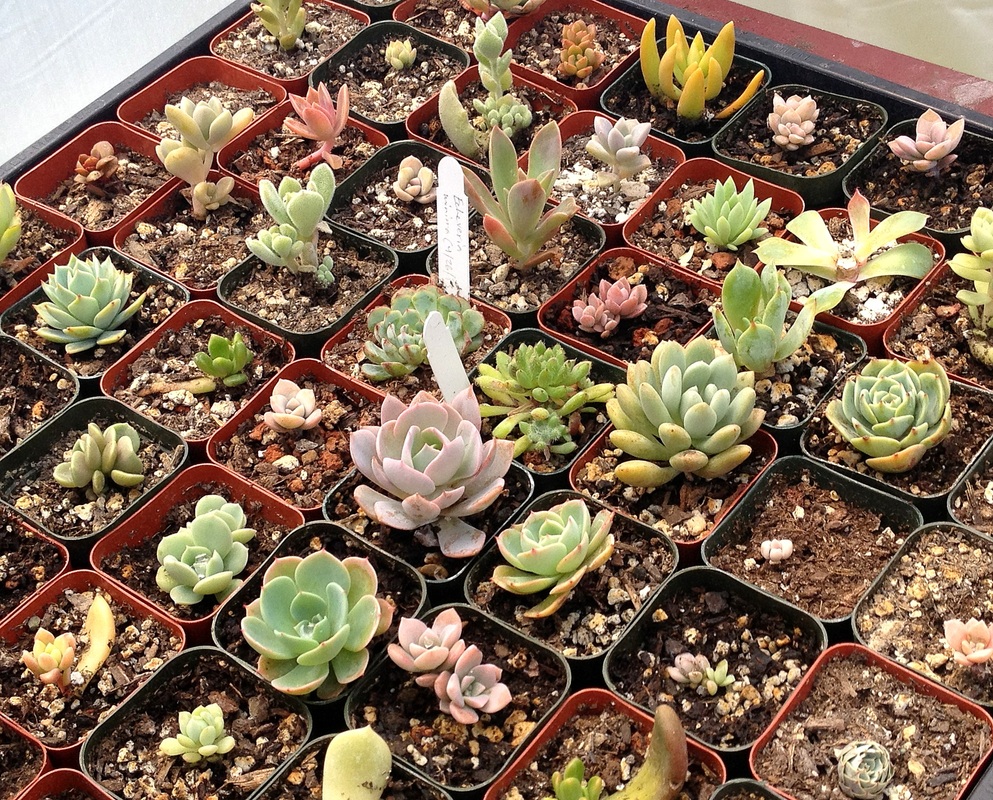
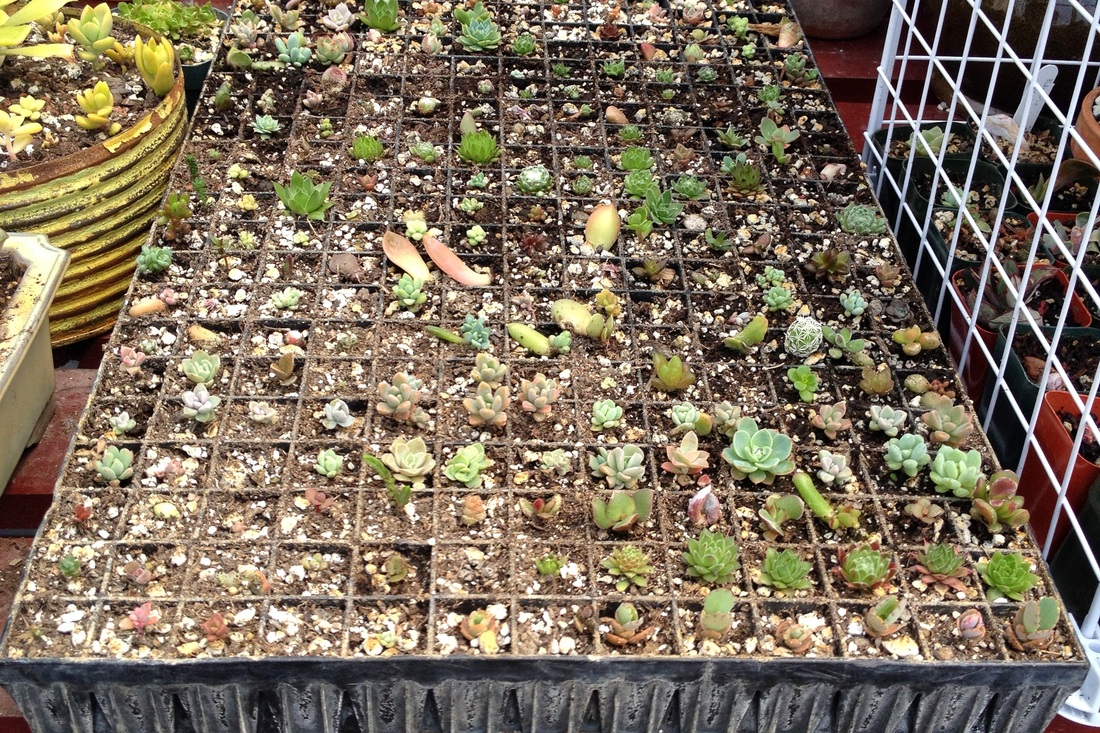


 RSS Feed
RSS Feed